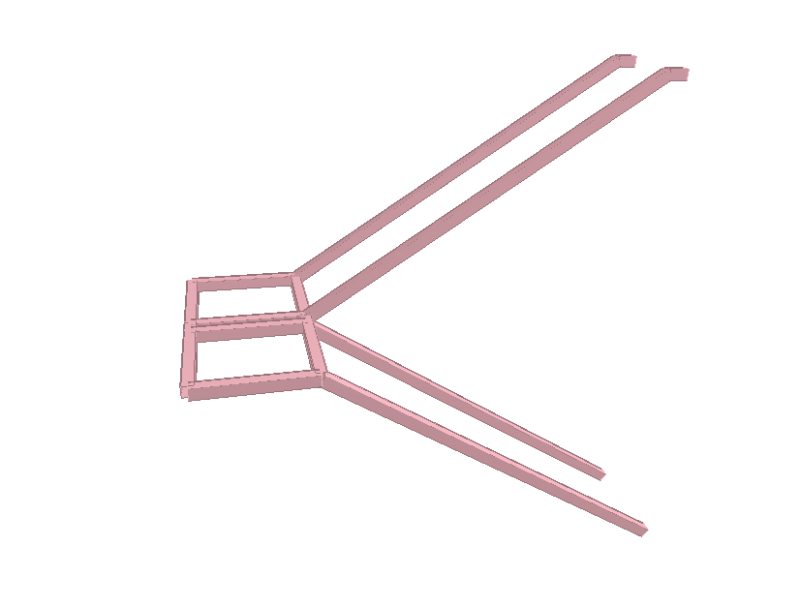Yazan Atoum
Structural

Hello Engineers,
I have a steel freestanding stairs to design, is there any additional consideration I have to take into account rahter than designing a simply supported stairs? is it right that I need to apply 2-3 live load cases to give max tension in higher flight and max compression in the lower flight.
Thanks for any help or recommondation

![[censored] [censored] [censored]](/data/assets/smilies/censored.gif) .
.